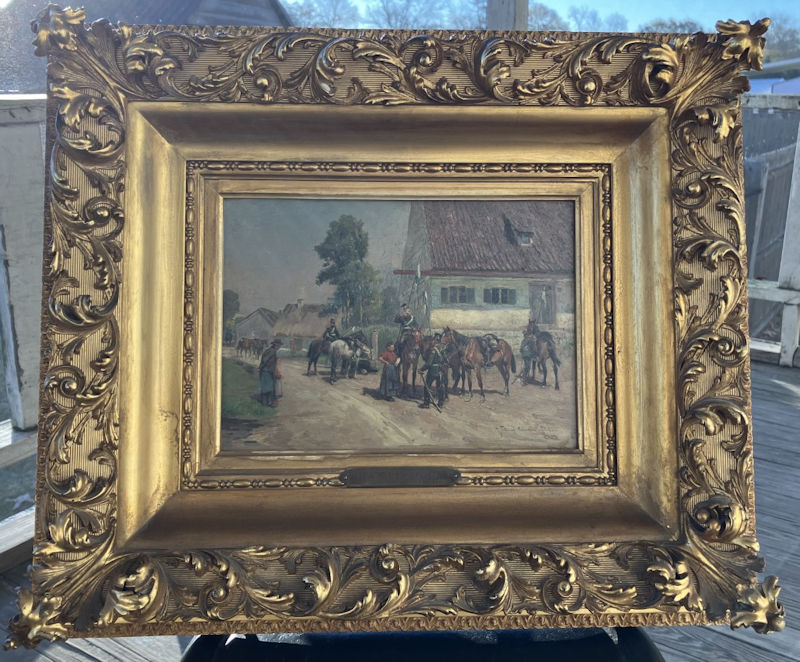 |
An oil painting by Max Joseph Pitzner (1855-1912) from Munich depicting Bavarian Uhlan troops stopping for water offered by a few villagers
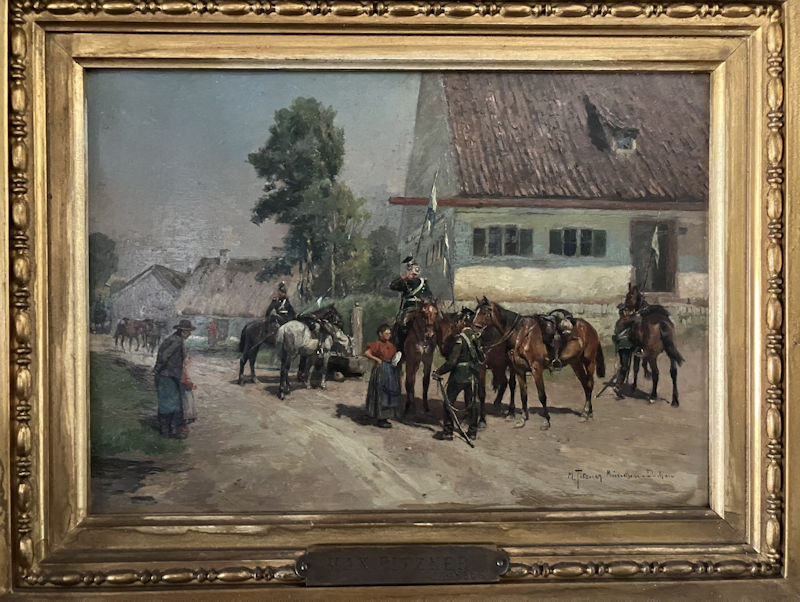 |
The uhlan are carrying lances with light blue and white pennants for Bavarian service. Bavaria had two uhlan regiments. The uniforms are pre-war dark green. One of the troops standing in the road is a bugler with swallows nest insignia on his shoulders to indicate his position as a musician. He also has a bugle on a cord strapped to his back
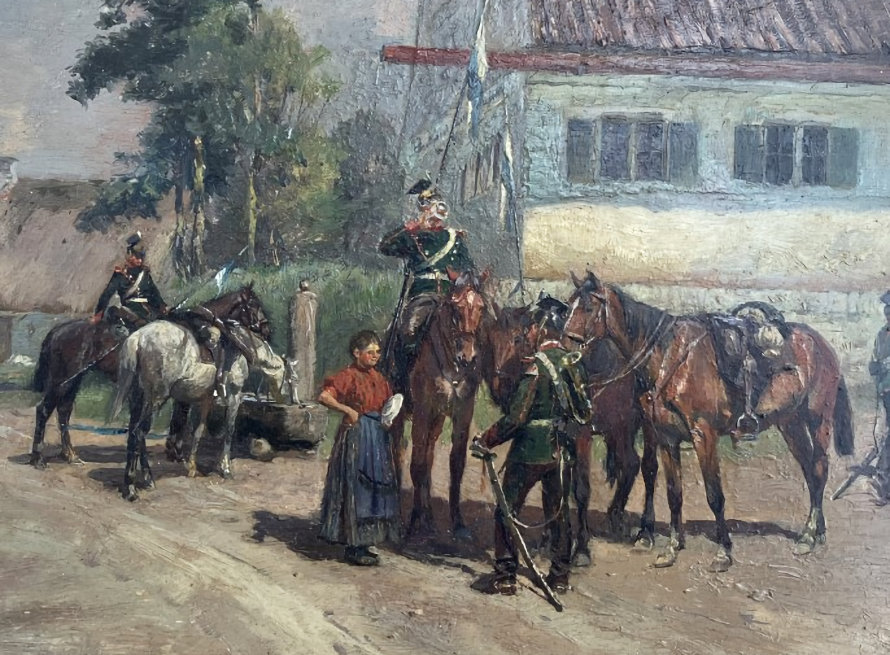 |
Max Joseph Pitzner painted a number of other equestrian related works including the “Horse Market”
 |
The helmets worn by uhlan have a square top which is a tradition for light cavalry of this type in many European armies. The tradition of the square lancer caps came from Poland where a hat with a similar square top was worn by civilians and Polish Lancers and made famous by the high level of performance of Polish Lancers in the Napoleonic Wars
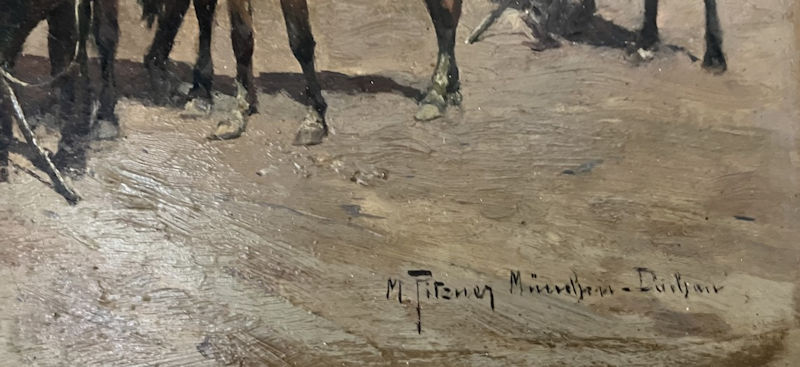 |
Above: Signed by Max Pitzner . This is a Biography of Max Joseph Pitzner by PAOLO ANTONACCI ROMA: https://paoloantonacci.com/artists/174-max-joseph-pitzner/biography/
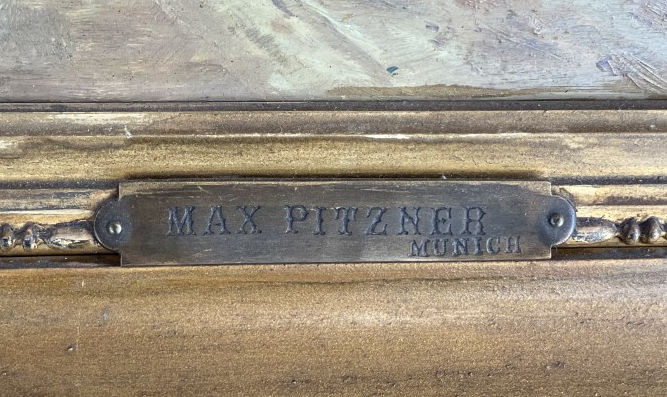 |
Above: The Max Pitzner plate mounted on the frame of the Bavarian Uhlan painting. Below: A marking on the back of the painting. If you have additional information about this painting please contact me at: LOVETT155@HOTMAIL.COM
MAX JOSEPH PITZNER 1855-1912 Son of a forest ranger who worked in the Bavarian mountains, Max Joseph Pitzner was born on the border with Austria and during the years of his artistic training he moved to Munich, attending the Academy classes of Ludwig von Löfftz (1845-1910), a landscape painter, and Wilhelm Lindenschmit (1829-1895), an artist specialized in historical scenes. Since a young age, Pitzner was strongly influenced by the French art innovations of the en plein air paintings, especially the ones advanced by the Impressionists. Since the start of his production, he specialized in genre-paintings with herds and rural landscapes. He joined the Munich Secession (1892), and his paintings, exposed at the Secession city exhibitions, obtained a remarkable public success. The luminous and radiant effect of his paintings received great feedback, as well as his ability to blend human and animal figures to the surrounding landscapes. Luitpold Wittelsbach (1821-1912), the Prince Regent of Bavaria, visited several times his atelier in Schwabing, a central-northern district of Munich, and acquired some of his pieces. After a long illness, Max Josef Pitzner died on September 10, 1912 in Munich. In 2005 an exhibition of his paintings, entitled Der Genremaler Max Joseph Pitzner (1855 – 1912) took place at the Museumsforum of Altomünster (Bavaria). Paragraph of research from : PAOLO ANTONACCI ROMA Via Alibert 16/a, 00187 Roma, IT https://paoloantonacci.com/artists/174-max-joseph-pitzner/biography/
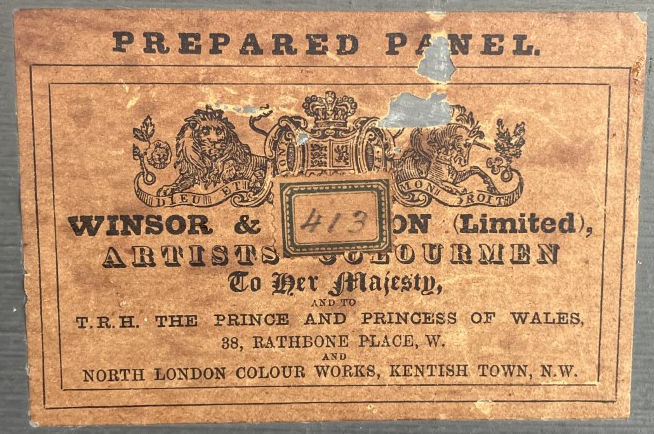 |